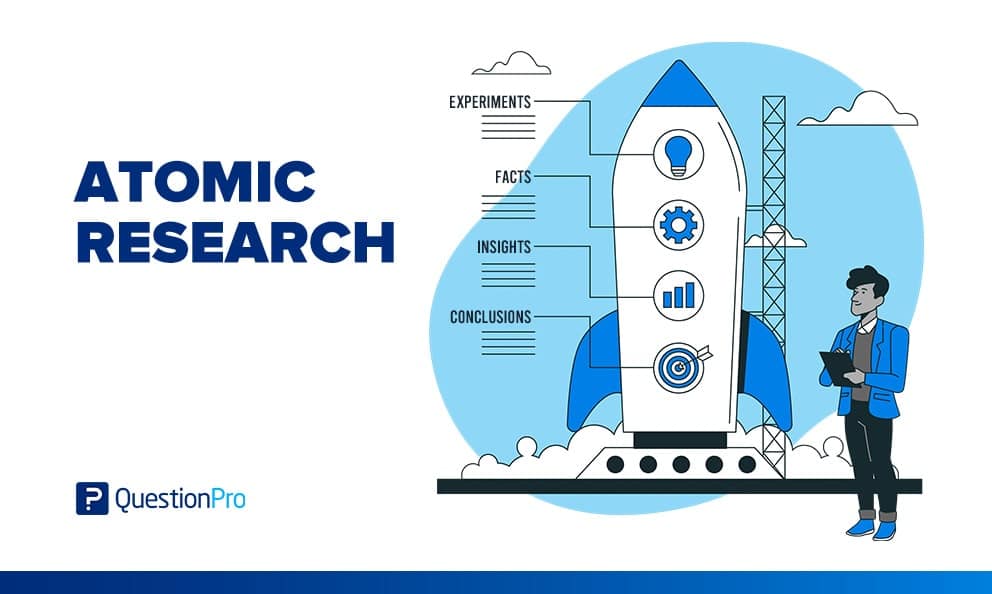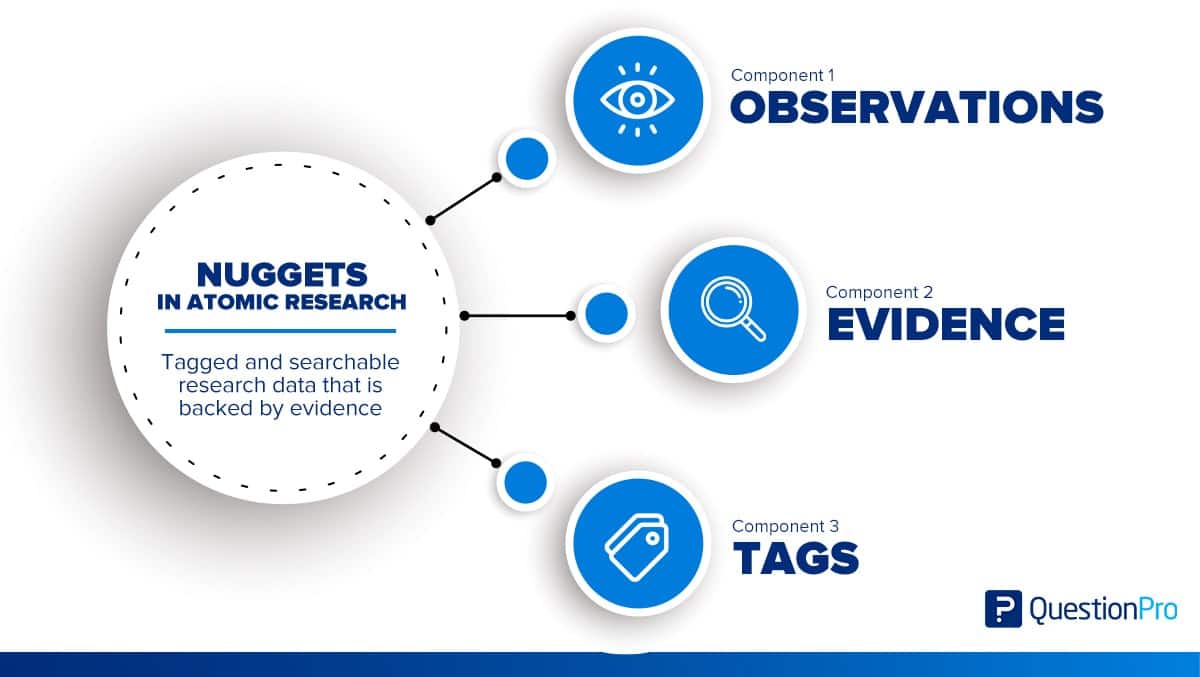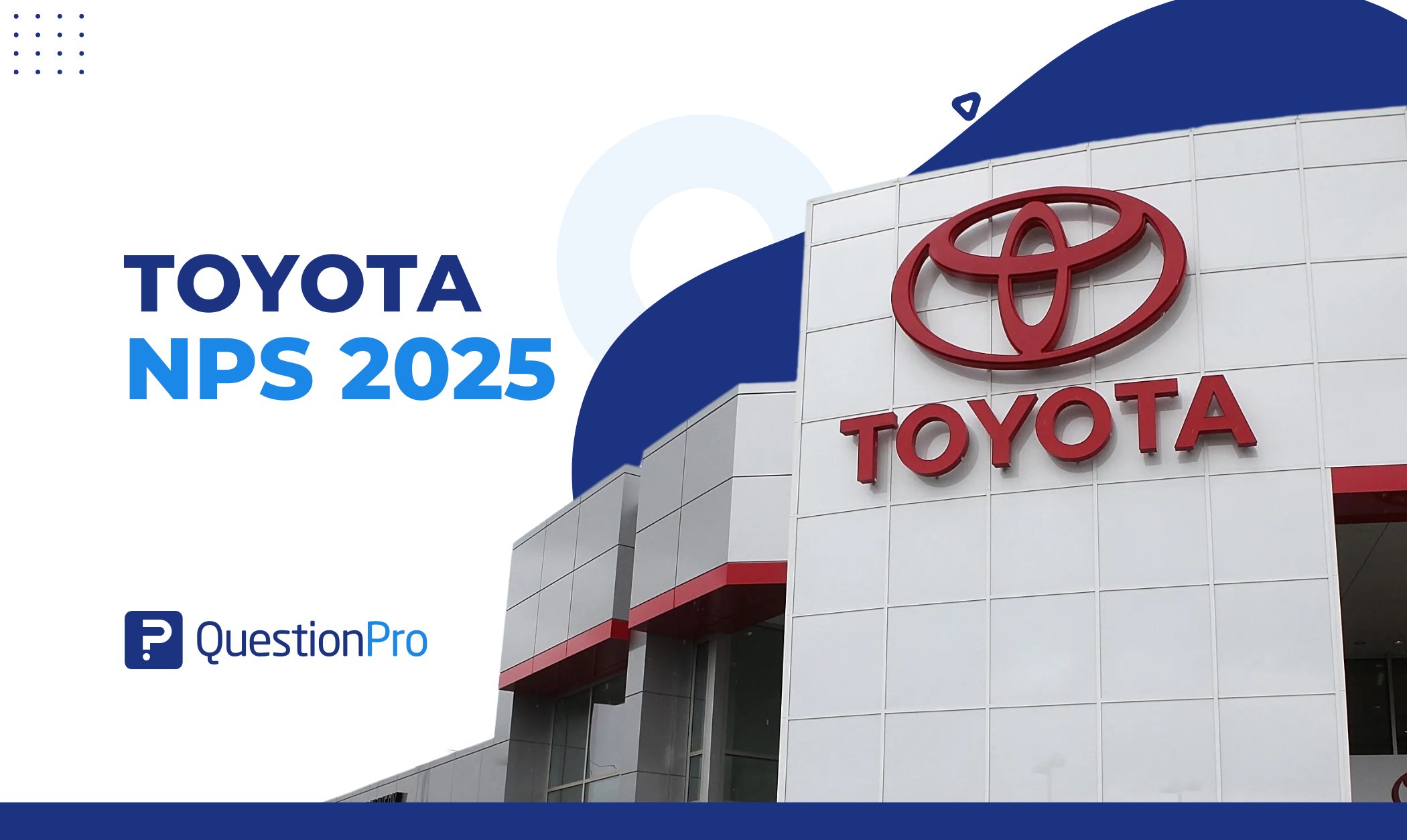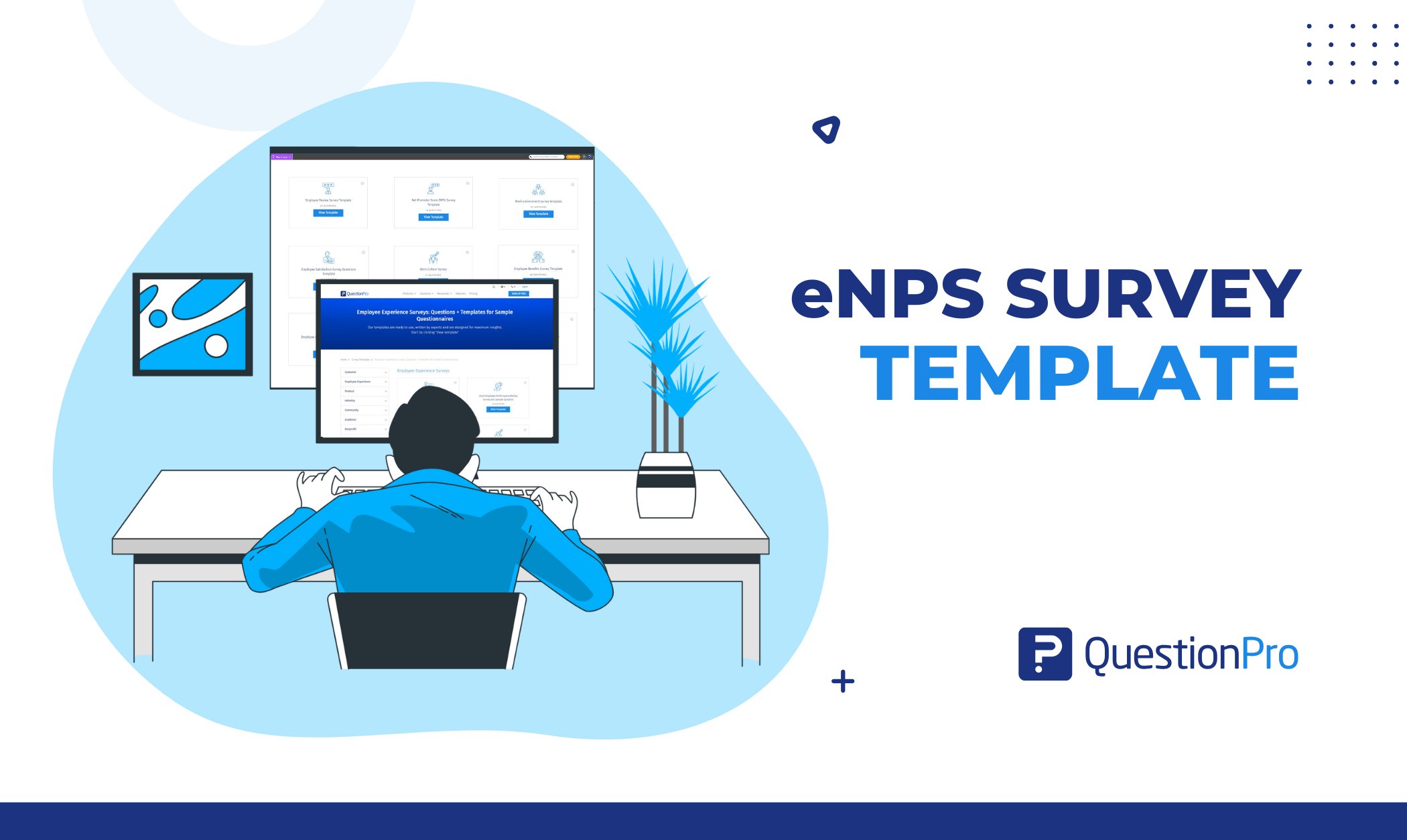
The amount of research conducted globally is increasing daily. Brands, organizations, researchers, and stakeholders look at user research and other insights to derive conclusions about profitability, price sensitivity, market share, customer satisfaction, customer retention, and more. In addition, customer-focused organizations use user research to make changes. However, the agility and accessibility of this research are a bone of contention.
How often do you see brands struggling to make sense of behavioral changes among their consumer base and trying to link back those insights to mounds of research data, reports, videos, qualitative and quantitative data, and more?.
Due to intrinsic and extrinsic factors, however, the vicious circle of conducting market research continues endlessly. It burns through time, resources and hinders agility. The above factors lead to the importance of storing research insights correctly to aid with longitudinal tracking and quick turnaround studies.
Atomic research or atomic UX research aids with solving this problem.
What is atomic research?
Atomic research or atomic UX research is defined as breaking down information and insights into ‘nuggets’ where each nugget consists of pertinent research information. While there are many ways to look at this concept, atomic research is in simple terms described as a methodology to managing research knowledge.
This model helps organize your user research and what you know about users into small, byte-sized information units and tagged information that consists of evidence.
LEARN ABOUT: User Experience Research
Atomic research is becoming an essential element of insight and research repositories. They help break down research silos, mitigate the effects of tribal knowledge, create structure and offer a business taxonomy to manage user research.
Atomic research uses nuggets and provides researchers and stakeholders the ability to:
- Correctly record and categorize research and findings
- Quickly and flexibly access research and insights
- Discover patterns, aid with macro factors like cost rollups, and reduce the time of existing and future studies
- Draw parallels between research techniques and methodologies
- Abolished siloed and tribal research information to make timely and accurate decisions
What are these nuggets in atomic research?
Nuggets in atomic research are simply described as tagged and searchable research data that is backed by evidence such as quotes, videos, snapshots, and any other supporting research information. These nuggets are backed by evidence and follow a predefined efficient workflow and business taxonomy in setting up and managing.
Nuggets primarily consist of three major components that make the management of atomic UX research in your UX research repository simple. While these three components are not set in stone, they help with managing the concept of atomic research better. These components are:
- Observations: Putting together observations are a crucial component of user research. These observations capture knowledge from the research study that lives a concise life as with qualitative observation research. Without observations, insights tend to lose important, credible knowledge over time.
- Evidence: The simplest element of using nuggets in the atomic research process is the evidence. This component consists of supporting material in video, images, text, audio, and more.
- Tags: Lastly, tags form the core component of the nuggets as they make the research and insights indexable and searchable. This step consists of many parts, including information about methodology, research techniques, procedural information, and demographic information. To make the most of tags, however, it is critical also to capture experience (emotions, frequency, magnitude), business (revenue, business units, product), and service-oriented (purchase behaviour and journey, physical setting) information to make the information as holistic as possible.
It is important to note that nuggets hold value to multiple stakeholders, even by themselves. However, nuggets with tagging enable the researcher and users of the research repository platform to make sense of insights and draw conclusions from various studies and nuggets.
Think of this as a critical piece of digitized and stored information and can be called upon easily to make the discovery of user research seamless and straightforward.
Organizations can simply use a research repository to store atomic research to monitor trends and information about customers and users easily. Contrary to popular belief, though, research repositories need not just contain atomic knowledge. The most efficient research repository softwares consist of research in the atomic design as well as other pertinent research such as reports
Benefits and advantages of atomic research
The significant benefits and advantages of organizations using atomic research in mitigating research problems are:
- Democratizing of research: With the use of the atomic research method, organizations and researchers can use the research repository to track and monitor customer research and insights into byte-sized information catalogued and searchable. This information is easily searchable by researchers, product managers, UX and design teams, stakeholders, management, and more. Members can easily search and make sense of data to reduce the time to decisions. They can even add tags and nuggets themselves, which can help swell the availability of information correctly, which helps in the democratization of research. This helps in building a central hub of information that is vital to all stakeholders.
- Single source of truth: One of the biggest unspoken complaints of researchers and other relevant stakeholders in the presence of a lot of tribal knowledge in organizations in the research process. Atomic research ensures buy-in and adoption among all relevant stakeholders, which helps create a single source of knowledge and truth. With predefined workflows and management of insights data in the atomic research design, research data is structured.
- Aiding with continuous discovery: Another significant advantage and benefit of using the atomic UX research model is that the data is tagged with relevant information. These tags can be applied to various studies. The ability to scale data and pull insights from multivariate research allows researchers and stakeholders to better manage longitudinal studies and aid with the continuous discovery process. This helps reduce time to conduct research studies and offers a higher ROI in your research process.
- Mitigation of personal bias: How often do researchers and decision-makers complain that studies conducted that may have overlap benefits aren’t usable because there is a personal bias in the reporting and findings. Often, due to the lack of an organization-wide process, siloed teams conduct research and analyze them purely from the customer perspective of their scope. While this process isn’t flawed, there is a lot of personal bias in this method and limits applying research elements to a broader audience and a more comprehensive range. With the use of the atomic research model, personal bias is nullified to a great extent.
- Bad research memory: Research and studies conducted over time lose importance because either the people who conducted them have left have moved on, or the research is just purely data, without supporting information. The atomic research method used in the insights repository enables researchers to nullify such circumstances where data is lost. Nuggeted knowledge with proper tags and supporting information ensures the research continues to live on and can be called upon at any time and even scaled.
Fundamental principles of atomic UX research and atomic design
Atomic design in research is a critical differentiator between organizations that aren’t focused on the larger picture and organizations that aspire to reuse market research as much as possible. Some fundamental principles of atomic UX research are:
- The atomic research design consists of a single user-experience nugget.
- The research includes evidence from the user research subject, and there is a complete lack of hearsay.
- Continuous research is required to have an overarching analysis of customer or user research.
- There is complete openness in the way the research is conducted and managed.
- Teams and members can go into the research repository and define custom parameters relevant to them or search on existing parameters.
Atomic research method and ideal process with examples
The atomic research model was independently developed by two UX research experts, Tomer Sharon and Daniel Pidcock, at around the same time. What they concurrently discovered is that there are four major components in the atomic research method that offer the best value in managing the research repository. These four components are experiments, facts, insights, and opportunities or conclusions.
Let us look at this ideal atomic research process with examples to help you better manage your market research and learn why using this method is a crucial market research trend.
1. Experiments: The basic fundamental level of the atomic research method is the description of the experiment or actual research conducted. This level could consist of information on the type of research and the research model used, such as user research, UX research, design research, customer research, pricing research, etc.
The first level also monitors the information based on qualitative or quantitative research methods, research techniques used, and more.
An example of the experiment process in atomic research is a pricing analytics study conducted to gauge the pricing sensitivity of a new feature launch in our product.
2. Facts: The next level in the atomic research process is the factual stage, where actual data is captured. This stage doesn’t mean that arbitrary information is reported – the data is linked with substantial evidence, including survey responses, videos, verbatim quotes, and more.
For example, 22% of all users did not like the new UX changes because the reports are now harder to access.
3. Insights: Insights are what you get from the facts when you look at them in the context of your actual research and your research goals. Multiple attributes can create insight, and this answers questions about what you had started off to answer.
An example of insights is that, due to the size and color change of the checkout button, customers take longer to make purchases, and a lot of them leave items in their cart without ever making a purchase.
4. Opportunities or Conclusions: The last key component in the atomic research design process is the opportunities or conclusions drawn from your facts and insights. The more evidence you have, the better it is to come up with options. Coming up with these conclusions also helps to test them out, further proving or disproving an initial hypothesis.
An example of this phase is that let us add a pop-up checkout button after a person has spent X amount of time in the cart.
Repeating this process cyclically in your organization allows research teams and stakeholders to understand customer sentiments better and have a deeper understanding of customer behavior. It is important to note that if there are multiple studies and sources of information, the better is the quality of insights for the present and the future.
Knowledge discovery is more nuanced and structured than research is no longer a linear process like it used to be.
One thing for certain though is that atomic research forces research to a more evidence-based thinking process. Research can no longer be arbitrary or stagnant. With atomic UX research, your research repository is transformed into a knowledge-building tool and helps identify knowledge gaps.
The above process aids in not just identifying trendlines and faster uncovering of insights and helps prioritize workloads and resources to more pressing matters.
Tools to manage atomic research
There are two ways to manage atomic research in practice in your organization, with internal tools and then a specialized research repository tool. Let us take a look at both of these tools to manage atomic research.
Atomic research with internally available tools and resources
Smaller organizations and nuclear research teams can easily use an internally available technology stack like spreadsheets to manage atomic research. Using spreadsheets or internally available databases allows researchers to identify trends among research conducted using manually inputting data into columns.
A stakeholder can define how the sheet is to be managed and put in place a checklist to negate tribal knowledge, recommendations on tags, etc. This can then be shared with the design teams and other stakeholders to help them draw insights. The spreadsheet model is straightforward to create and use. However, due to the way it is set up, there are obvious limitations in scaling it.
Atomic research with a specialized atomic UX research tool
The limitations of the internally available tools to manage atomic research bring us to this section, where brands and organizations use a specialized tool. These tools are custom built by researchers for researchers to aid with a seamless research process in larger organizations and enterprises and conduct multiple studies across teams.
Research data is constantly growing in such organizations, and they need a specialized solution to help manage research data and insights faster. There is also a much greater scope of tribal knowledge, broken workflows, and greater customer-centricity, thereby needing faster insights.
Using a specialized atomic research tool like the QuestionPro Insights Hub allows researchers access to insights faster. It also enables teams and stakeholders to easily manage their atomic UX research in a simplified process and save time, costs, and ROI. In addition, by leveraging the specialized research repository tool, organizations and brands globally benefit from turning data into insights faster and easier.





![[CX]-TCXT-closing-the-loop](https://www.questionpro.com/blog/wp-content/uploads/2025/06/CX-TCXT-closing-the-loop.jpg)


